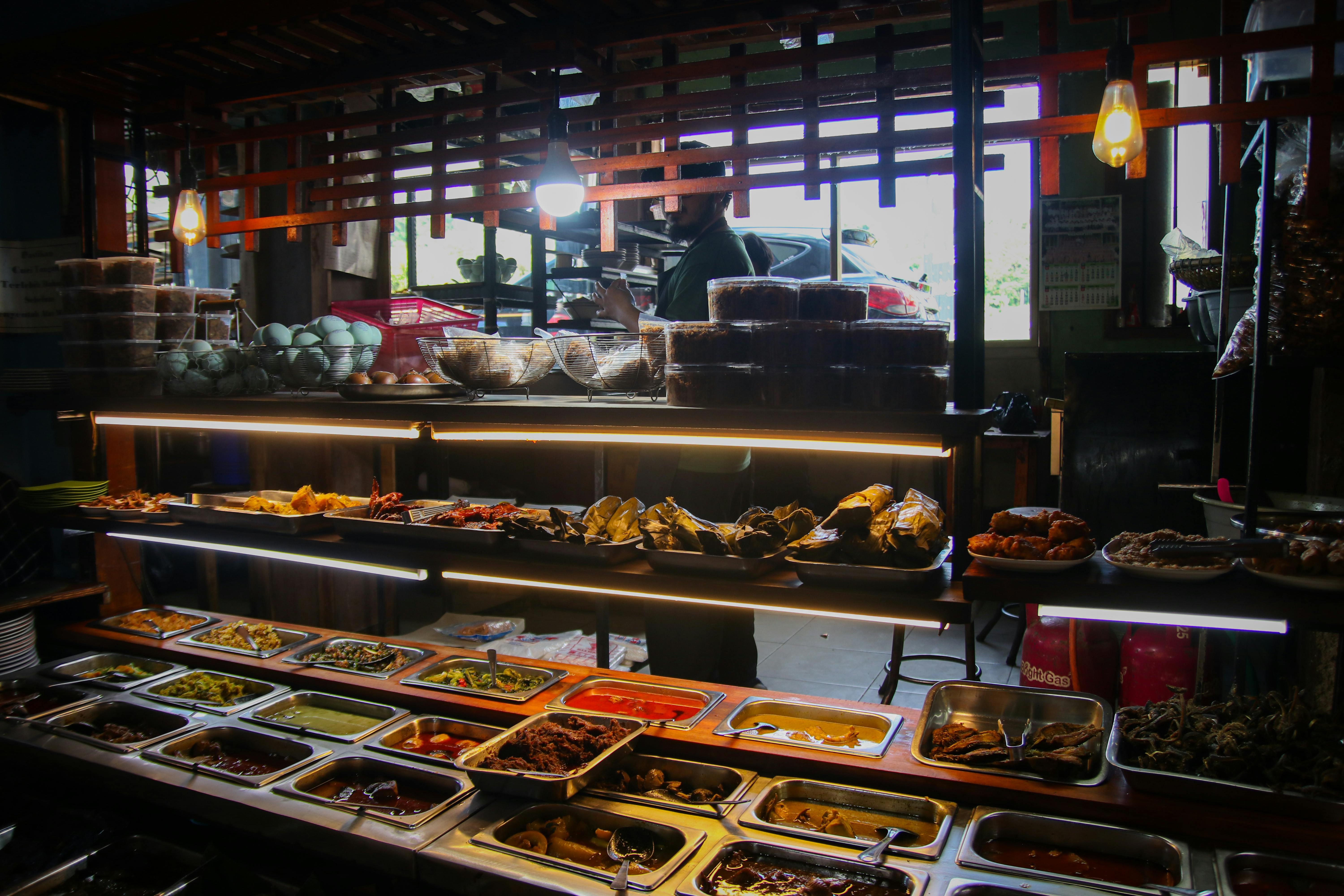Experiencing the Richness of Indonesian Cuisine: A Venture into the Spice Islands
Indonesia, a tropical paradise known for its stunning landscapes and rich cultural heritage, is also home to a robust, underexplored culinary scene. This article invites you on a gastronomic journey through the Spice Islands, a name given to Indonesia due to its historical role in the spice trade. We will venture beyond the familiar flavors of Nasi Goreng and Satay, exploring less-known dishes that truly represent the diversity of Indonesian cuisine.

A Taste of Indonesia: Beyond the Usual
Indonesia’s cuisine is as diverse as its geography, with each of the country’s 17,000 islands contributing unique flavors and cooking methods. For instance, the island of Sumatra is renowned for its spicy, robust flavors, with dishes like Rendang – a slow-cooked beef curry – gaining international fame. On the other hand, Javanese cuisine is characterized by its sweet and savory dishes such as Gudeg, a stew made from young jackfruit, palm sugar, and coconut milk.
The Spice Islands: A Historical Perspective
The spice trade has played an essential role in shaping Indonesian cuisine. The Moluccas Islands, also known as the Spice Islands, were once the world’s only source of cloves and nutmeg. These spices have since become integral to various Indonesian dishes, imparting a unique warmth and depth of flavor.
A Peek into Indonesian Street Foods
Indonesia’s street food scene is vibrant and varied. From Babi Guling (Balinese roast pig) to Martabak (stuffed pancake), there’s a street food for every palate. One of the most popular snacks is Pempek, a fish and tapioca dumpling from South Sumatra. Served with a tangy, sweet, and spicy vinegar sauce, Pempek is a perfect example of the balance of flavors that Indonesian cuisine strives for.
Indonesian Beverages: A Unique Blend of Tradition and Innovation
Indonesia’s traditional drinks are equally diverse, influenced by local produce and cultural practices. For instance, Jamu, a traditional herbal drink, is used for its medicinal properties. However, innovation is also at play, with young Indonesians creating new beverages like ‘Es Kopi Susu’ - iced coffee with a local twist.
Indonesian Desserts: A Sweet Conclusion
Indonesian desserts often feature native ingredients like coconut, palm sugar, and a variety of tropical fruits. One such dessert is Klepon, sweet rice balls filled with palm sugar and coated in grated coconut. It’s a perfect treat to conclude a hearty meal.
Interesting Facts about Indonesian Cuisine:
- Indonesia is the world’s largest producer and consumer of tempeh, a traditional soy product.
- ‘Nasi Goreng,’ a popular Indonesian fried rice dish, was named the second-best food in the world by CNN in 2018.
- Indonesia is one of the world’s largest consumers of noodles, with ‘Indomie’ being a household name.
- Indonesia has its own version of pizza called ‘Martabak Manis,’ a thick pancake with various fillings.
In conclusion, Indonesian cuisine is a rich tapestry of flavors, influenced by its historical, geographical, and cultural diversity. Its lesser-known dishes offer an exciting culinary exploration, a testament to the country’s vast culinary heritage. So the next time you’re feeling adventurous, why not take your taste buds on a journey through the Spice Islands?




